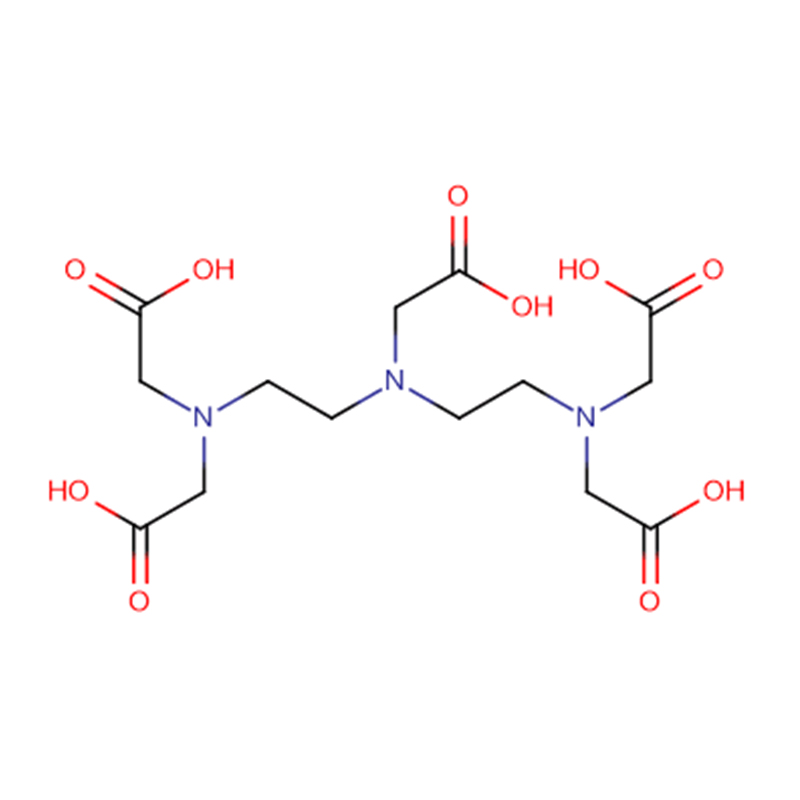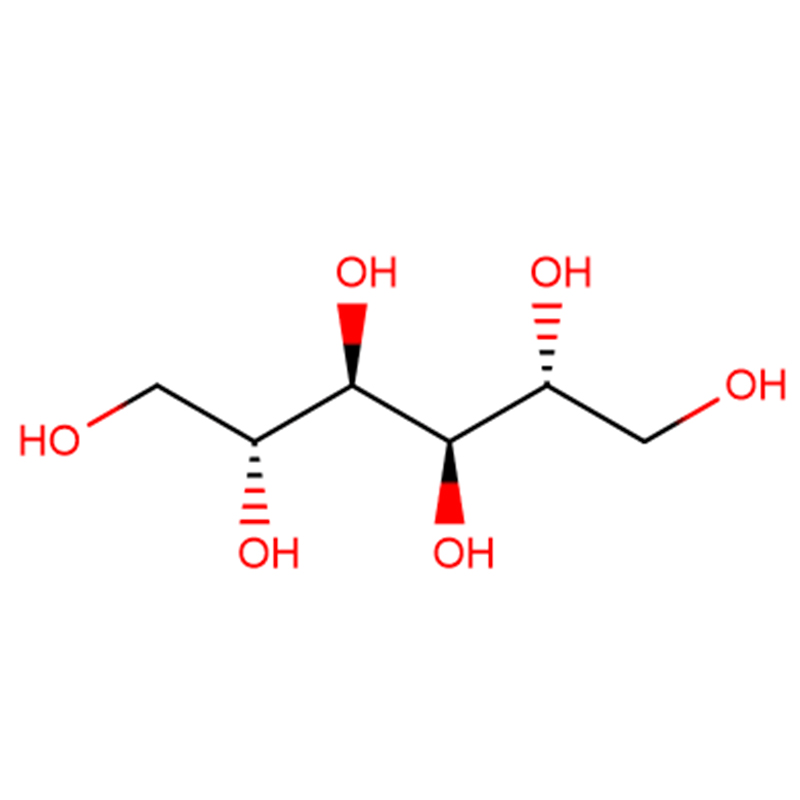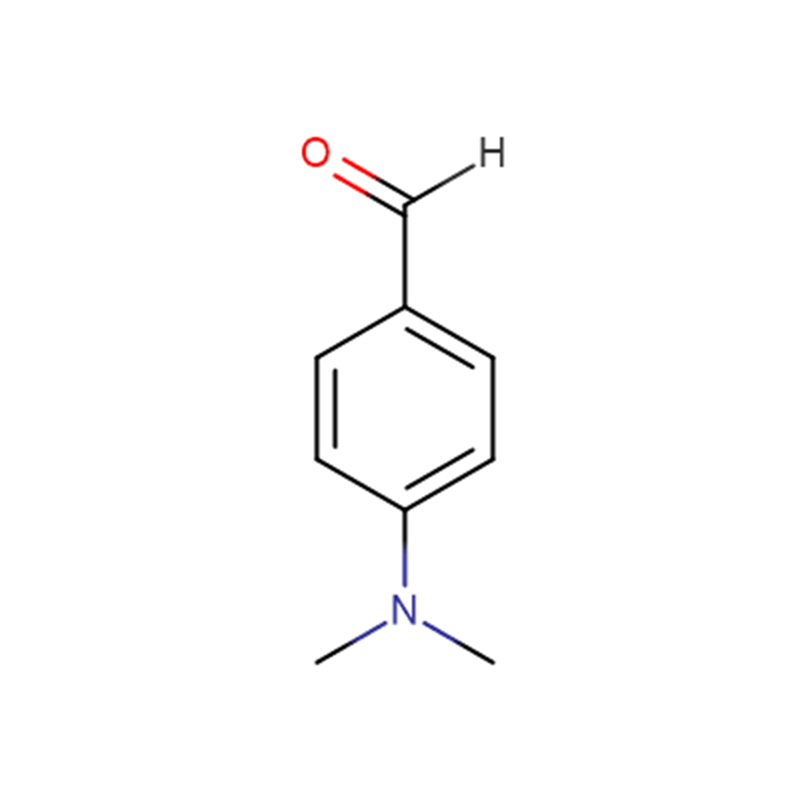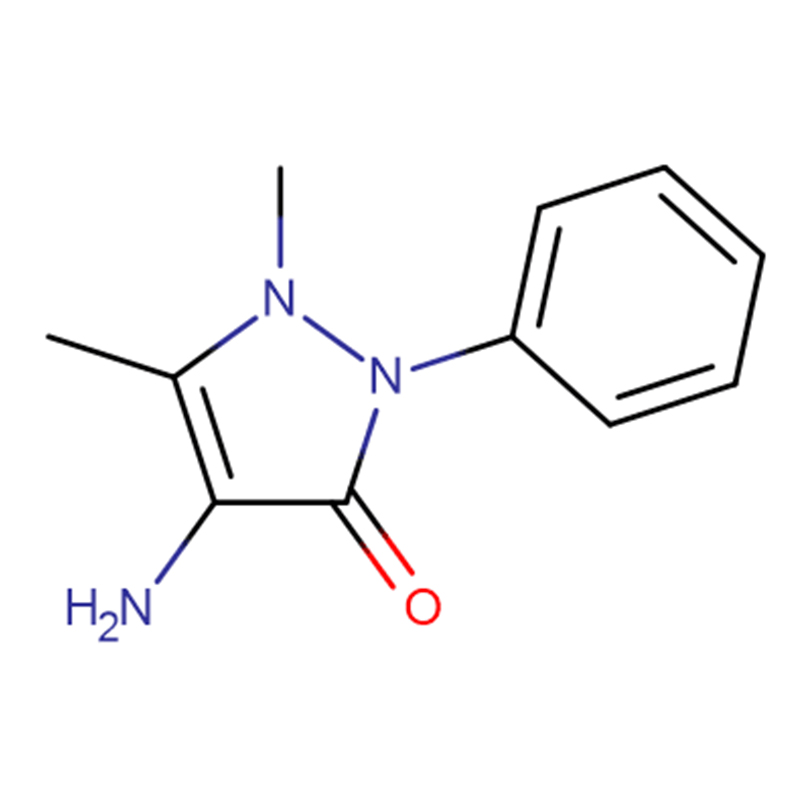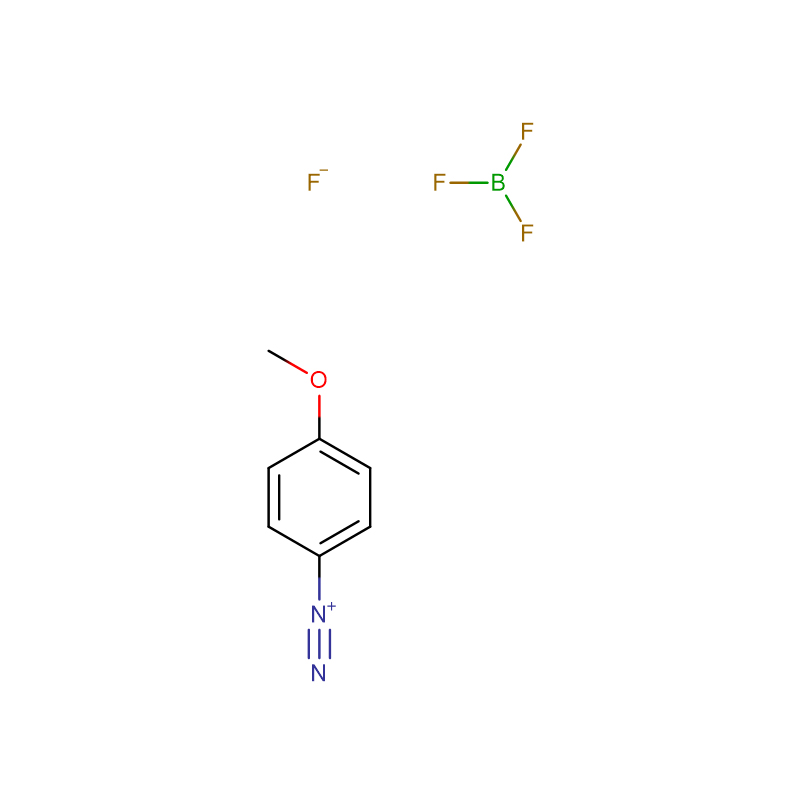4,5-Diazafluoren-9-one Cas: 50890-67-0 99% Solid
| Catalog Number | XD90221 |
| Product Name | 4,5-Diazafluoren-9-one |
|
CAS |
50890-67-0 |
|
Molecular Formula |
C11H6N2O |
|
Molecular Weight |
182.1781 |
| Storage Details | 2-8°C |
| Harmonized Tariff Code | 2933399090 |
Product Specification
| Appearance | Solid |
| Assay | 99% |
A series of bimetallic complexes of ruthenium(II) bridged by heterocyclic ligands formed by the condensation of 4,5-diazafluoren-9-one with various diamines, hydrazine, 1,4-phenylenediamine, benzidine, and 4,4'-methylenedianiline, results in metal centers separated by various distances. The complexes give rise to metal-to-ligand charge-transfer absorptions in the 450 nm region of the visible spectrum and intraligand pi --> pi transitions in the 300 nm region of the ultraviolet spectrum. The ruthenium(II) centers are oxidized in two closely spaced one-electron processes at potentials more positive than that for Ru(bpy)(3)(2+). The bridging ligands are reduced by two closely spaced one-electron processes at more positive potentials than that for reduction of the coordinated bipyridine ligands ( approximately -1.30 V), although the diazafluorene=N-N=diazafluorene bridging ligand is reduced reversibly in two single-electron steps at E(1/2) values of -0.29 and -0.52 V. After purification by eluting the pure complexes over a silica gel column with various concentrations of 0.10 M NH(4)PF(6) in methanol, emission occurs only in a glassy matrix at 77 K and at low temperatures in solution. The emission lifetimes at 77 K in a 4:1 ethanol:methanol glass are 5 +/- 1 &mgr;s. A variable-temperature emission lifetime study reveals the presence of a low-lying state with DeltaE = approximately 1500 cm(-)(1), and extrapolation to room temperature indicates the emission lifetimes are in the subnanosecond range.



